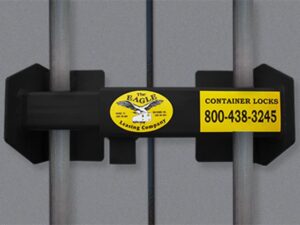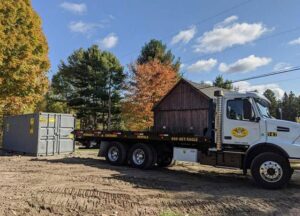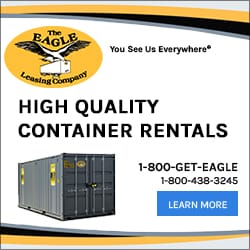
Storage Containers are invaluable for construction sites, retail operations, and seasonal inventory management. Whether you’re renting storage for storing tools, merchandise, or supplies, selecting the right container can make or break the efficiency of your project. To ensure you choose the best fit, here are five key considerations to keep in mind.
1. Determine Your Rented Storage Needs
When renting storage, start by evaluating what you’ll be storing and how much space you’ll require.
- Size Matters: Storage Containers come in various sizes, typically ranging from 10 to 40 feet. For smaller projects, a 10- or 20-foot container are perfect, while larger projects may require a 40-foot unit. An important thing to note with size – typically only 10′ for 20′ containers can be delivered to homes, so be sure to double check before ordering your unit.
- Special Requirements: Consider whether your items need extra care, such as climate control for sensitive goods or sturdy racks and shelving for organizing your contents.
Pro Tip: Overestimating your space needs is better than underestimating—cramped storage can lead to inefficiencies.
2. Assess Security Features
Your storage container’s primary job is to keep your belongings safe. Check for:
- Locking Mechanisms: Look for containers with heavy-duty locks or lockboxes to deter theft.
- Sturdy Construction: Opt for containers made from steel to ensure durability.
- Weather Resistance: Make sure the container is watertight and can withstand harsh weather conditions, especially for outdoor use.
Pro Tip: If you’re storing high-value items, consider adding extra security, such as surveillance cameras or motion detectors.
3. Evaluate Accessibility
Think about how often you’ll need to access your rented storage.
- Ground-Level Access: Containers placed directly on the ground make it easy to load and unload materials quickly.
- Double Doors: For projects requiring frequent or large-item access, a container with double doors on both ends can save time and effort.
- Proximity to the Worksite: Ensure the container is positioned close to the your location, reducing the time spent walking back and forth.
4. Consider Mobility and Delivery Options
Some projects require rented storage that can move with you.
- Stationary vs. Mobile Containers: If you’ll need to transport your container between sites, confirm that it’s designed for mobility.
- Delivery and Placement: Choose a rental provider that offers flexible delivery options and can position the container exactly where you need it.
Pro Tip: Ensure there’s enough clearance and a solid surface for the delivery vehicle to place the container safely.
5. Account for Budget and Rental Terms
Storage container rentals are an investment, so make sure they align with your project’s budget.
- Rental Duration: Many providers offer flexible rental terms, from short-term to long-term leases. They may also offer purchase options.
- Additional Costs: Ask about delivery fees, insurance requirements, or customization costs upfront to avoid surprises.
- Value vs. Cost: While cheaper rental storage options may be tempting, prioritize quality and reliability to protect your assets.
Conclusion
Renting the right storage container can streamline your project and keep your materials safe and organized. By considering your storage needs, security features, accessibility, mobility, and budget, you’ll ensure a hassle-free experience from start to finish. For more tips and information on a wide range of mobile storage or office products, feel free to check out the Eagle Leasing Buyer’s Guide to help make your decision easy!
Ready to rent a storage container for your next project? Contact us today to explore our wide range of options tailored to your needs.










